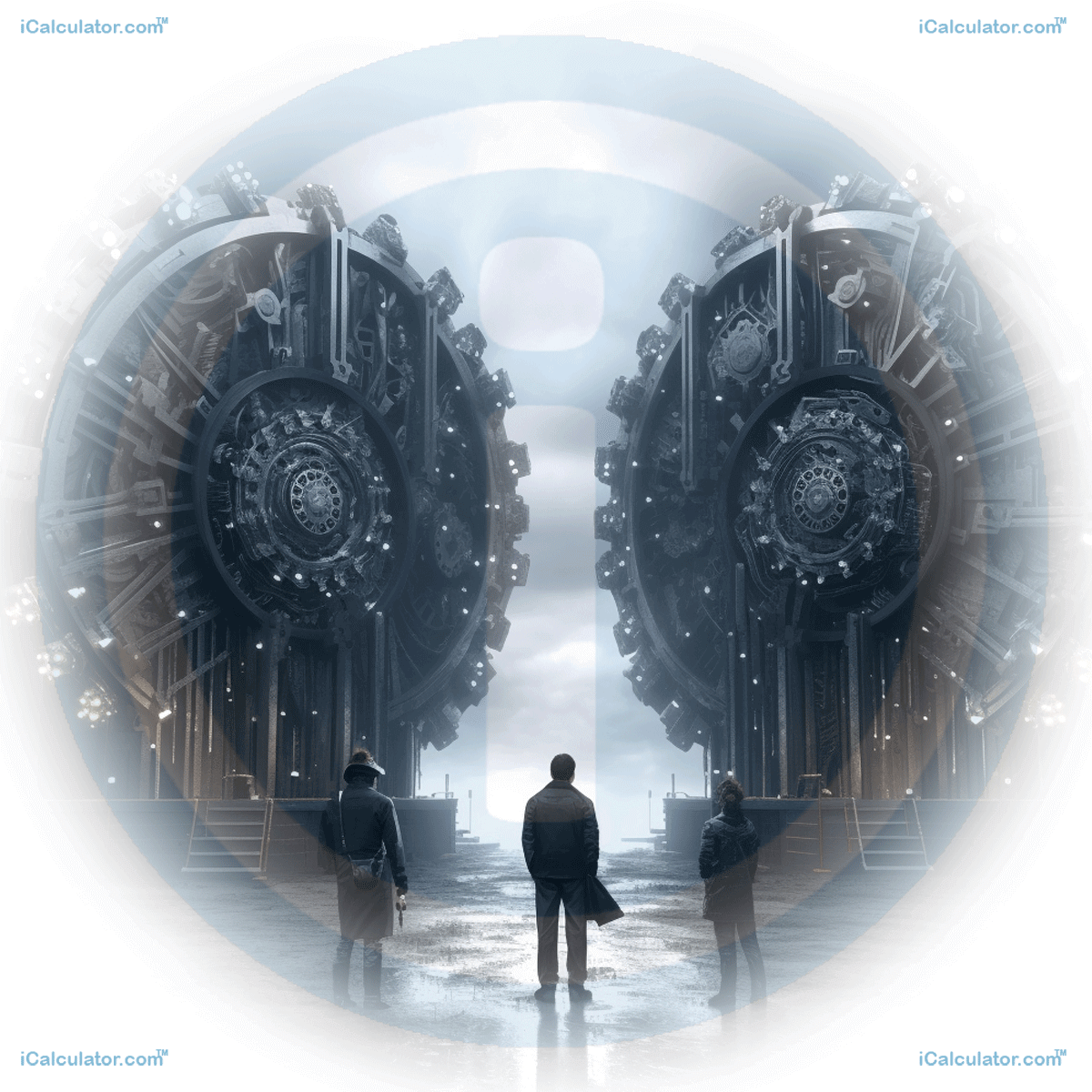Menu
Speaker Decibel Power Change Calculator
Please provide a rating, it takes seconds and helps us to keep this resource free for all to use

This tutorial aims to provide an understanding of speaker decibel power change based on the wattage of sound sources in the field of audio engineering. Speaker decibel power change refers to the calculation of the difference in decibel levels between two sound sources, which can be determined based on their wattage. This tutorial explains the concept of decibel power, the calculations and formulas associated with decibel power change, real-life applications in the audio industry, key individuals in the discipline, and interesting facts about this topic and its significance in the field of engineering.
| Decibel Level Change = |
Example Formula
The formula for calculating the decibel power change is as follows:
Where:
- Second Sound Source Wattage: The wattage of the second sound source or target sound.
- Initial Sound Source Wattage: The wattage of the initial sound source or reference sound.
Who wrote/refined the formula
The formula for calculating decibel power change based on wattage is derived from the principles of logarithmic calculations and is commonly used in the field of audio engineering. While no specific individual can be attributed to this formula, it represents the understanding of decibel power calculations and their relationship to sound source wattage changes in audio systems.
Real-Life Application in Industry
Calculating decibel power changes based on sound source wattage is essential in audio engineering for evaluating and adjusting power levels in audio systems. By measuring the wattage of sound sources and converting them to decibel power values, audio engineers can assess power differences, optimize amplifier performance, and achieve desired sound levels and balance. This knowledge is applied in various industries such as music production, live sound engineering, broadcasting, and audio equipment manufacturing.
Key Individuals in the Discipline
Several individuals have made significant contributions to the field of audio engineering and acoustics. Notable figures include Ernst F. W. Alexanderson, who made advancements in audio amplification and transmission, and James E. West, known for his contributions to the development of the electret microphone. These individuals have greatly influenced the field of audio engineering and have contributed to advancements in sound reproduction and technology.
Interesting Facts
- Decibel power calculations provide a logarithmic representation of power differences, allowing for precise comparisons and adjustments in audio systems.
- Decibel power change calculations are used in audio system design, power amplifier selection, and optimizing sound reproduction in various environments.
- The concept of decibel power change is relevant in other fields such as telecommunications, electrical engineering, and acoustics, where power measurements and comparisons are important.
Conclusion
Understanding speaker decibel power change based on sound source wattage is crucial in audio engineering to assess power differences and achieve desired sound levels. By calculating decibel power changes using the provided formula, audio professionals can make informed decisions about system design, amplifier selection, and sound optimization. This knowledge contributes to the creation of high-quality audio experiences in industries such as music production, live sound engineering, broadcasting, and more.
Engineering Calculators
You may also find the following Engineering calculators useful.
- Microstrip Line Calculator
- Torque Calculator
- Port Height Above Bdc Timing Calculator
- Horsepower And Watts Conversion Calculator
- Wheel And Tire Motion Calculator
- Curve Surveying Calculator
- Lm317 Current Regulator Calculator
- Applied Force And Extension Calculator
- Zener Diode Calulator
- Lathe Turning Time Calculator
- Cantilever Beam Load Any Point Calculator
- Tire Size Calculator
- Wire Gauge Calulator
- Gold Foil Sheet Weight Calculator
- Roadway Rate Of Change On Curve Calculator
- Go Kart Speed Calculator
- Triangle Stepping Stone Calculator
- Nautical Depth Calculator
- Temperature Rise In Pumps Calculator
- Board Etch Run Impedance Calculator